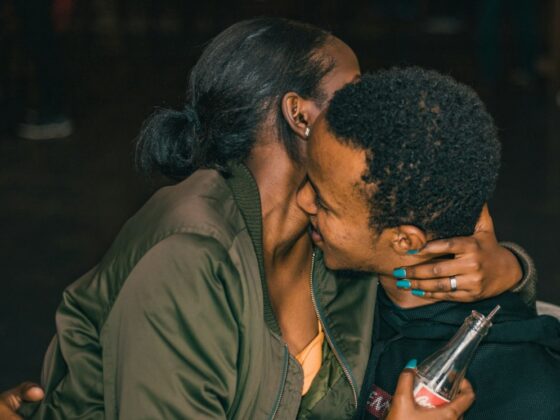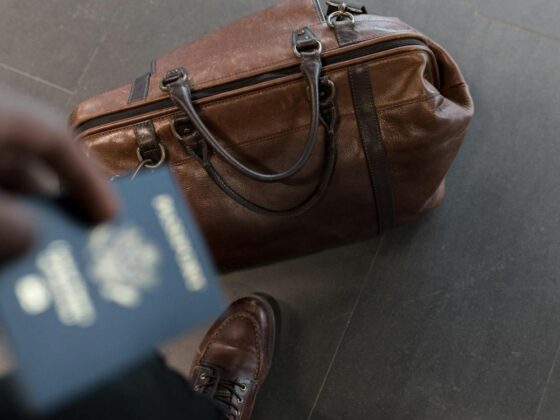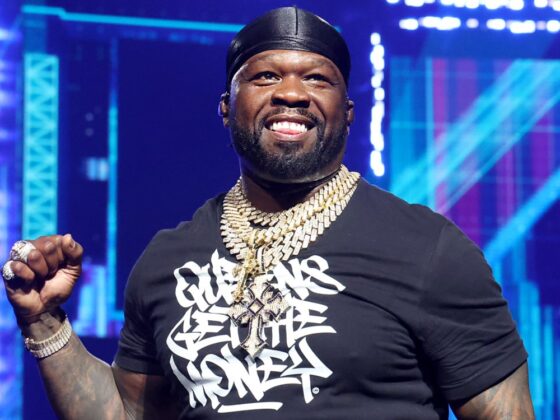When we talk about Black history, our brains often visit Africa, America or Europe. But there is another chapter that is not paid much attention, the history of Black people in China. This is a story woven through business, culture, migration and modern connections. It is not always straightforward, but it is attractive, human and worth telling.
Early Encounters: Business and Travel
China has always been an intersection of culture. Along the Silk Road, merchants and traveler’s from Africa passed through. Historians detect some initial interactions for the Tang dynasty (7th -10th century), when African traders came by sea routes that connected East Africa to Asia.
From that time the Chinese records describe the “zeng” or people of the land near today’s Somalia and Kenya. They were often praised for their strength and uniqueness. Some served as guards or entertainment in royal courts, while others lived as traders and sailors. These were not isolated encounters, Africa and China were tied by the ocean’s rhythm, long before modern globalization.
Zheng She: A Mythological Link
One of the most famous bridges between Africa and China came in the 15th century, with Admiral Zheng. A Muslim eunuch from Yunnan, Zheng He commanded fleets that sailed as far as East Africa. He brought giraffes, lions and other miracles back to China. But just as important, he brought people.
African visitors came with their campaigns, some staying in China. In Beijing, the capital of the Ming dynasty, people performed miracles on these travelers. Imagine the fear of seeing someone from thousands of miles away with different skin tones, languages and stories. These exchanges shape not only business but also culture and imagination.
Everyday Lives: Beyond the Exotic
While the royal courts and a grand fleet get a spotlight, everyday reality was more subtle. Black people in China lived as sailors, servants, soldiers and sometimes respected guests. Mixed with locals in port cities such as Guangzhou, African and Arab communities.
Of course, not every story was glamorous. Some Africans came to China through the Indian Ocean slave trade, ending up in servitude. Others suffered stereotypes or discrimination, as “differences” often do. But it is important to remember, many also created life, family and identity in Chinese society.
Modern Era: From Students to Entrepreneurs
Fast-forward to the 20th century. After World War II and during the rise of new global movements, China opened its doors to African students. Many came on scholarship during the 1960s and 70s, part of China’s efforts to strengthen relations with new independent African countries.
These students studied medicine, engineering and politics. Some returned home as leaders, while others stopped and started families in China. Today, African communities appear in cities like Guangzhou, entrepreneurs running businesses, traders connecting markets, and families blending cultures.
Life is not always easy. Some Africans in China face challenges like visa bans, cultural misunderstanding and of course racism. But they also create lively communities, bringing music, fashion and food into the local mix.
Culture and Connection
The presence of Black people in China is not only about business or politics, it is about culture. African music and dance have influenced Chinese youth culture. The Afro-Chinese families are growing, representing a future where the identity is shared, not divided.
We also see it in sports. African-born athletes have represented China in international competitions. Black artists and business owners are part of the clothing of cities. These stories remind us that history is not just in books, it’s living, breathing, and happening today.
A Shared Human Story
The history of Black people in China is not just about being “different.” It is about connection, trade routes that carried not only goods but also ideas, cultures, and friendships. From the days of the Silk Road to the modern roads of Guangzhou, Black people have been part of the story of China.
When we see it that way, we realize something powerful: history is not separate chapters of different peoples. It’s one book, with pages that meet in surprising, beautiful ways.
Image Credit: Magda Ehlers











